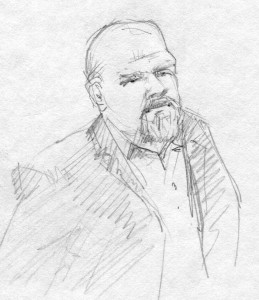Often when we work with product and engineering teams to improve their processes we also end up talking with executives that aren’t directly involved in building the product. Of course, products are not built in a black box — you cannot adopt the good thinking that has gone into Agile practices without having organizational buy-in. But many product teams struggle to get executives to see Agile thinking as more than just an engineering practice.
We put together a short presentation hitting some of the key tenets of Agile specifically for a non-engineering, non-product audience. The presentation has been well received, so we’re sharing it here in case it’s helpful for your organization.













